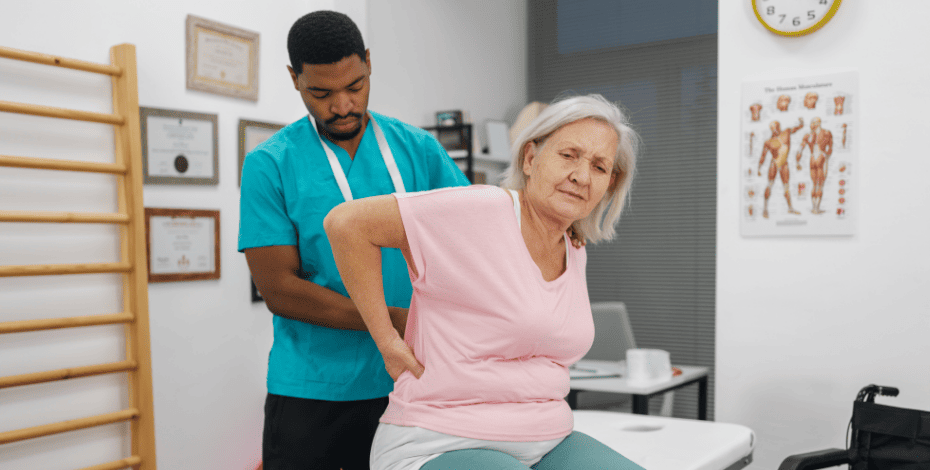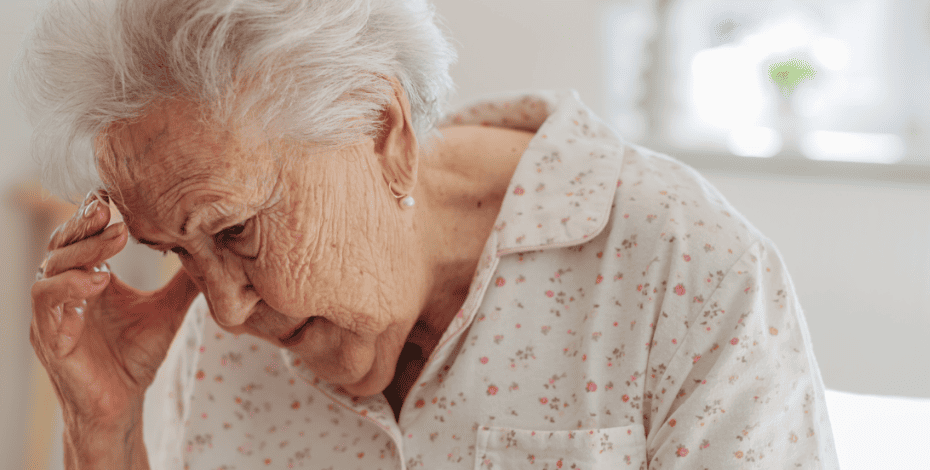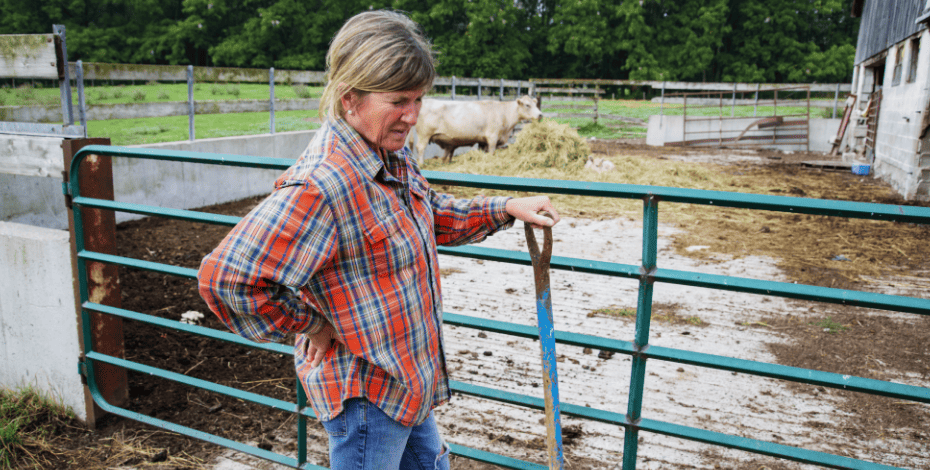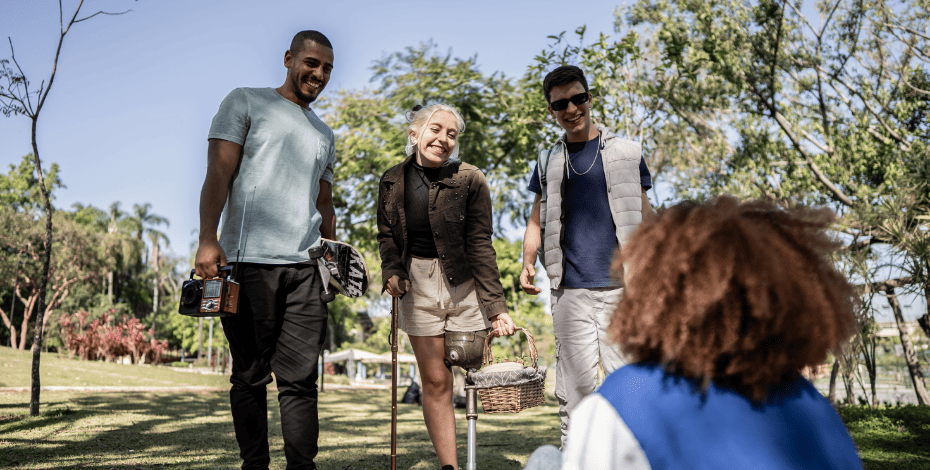
5 facts about physiotherapy and the social determinants of chronic pain

Dr Tania Gardner and Dr Kirsty Duncan of the APA Pain national group present five discussion points about the social determinants and consequences of chronic pain and their implications for physiotherapy.
1. Social factors are the missing piece in the chronic pain puzzle

Chronic pain is a global public health issue (GBD 2021 Diseases and Injuries Collaborators 2024).
In Australia, one in five adults experience chronic pain, with the 2018 economic burden estimated at $139.3 billion (Australian Institute of Health and Welfare 2020).
On an individual level, chronic pain often leads to profound economic and social exclusion.
Yet the burden of chronic pain is not equally distributed.
Its prevalence and impact are shaped by intersecting social factors such as socio-economic status, geographic location, sex, gender, occupation, race and other structural determinants of health (Campbell et al 2012).
These disparities are not random but rooted in systemic social inequities.
The biopsychosocial model is the dominant framework for understanding chronic pain, acknowledging the interplay of biological, psychological and social factors.
However, despite the century-long recognition of the role of social disparities in health, social factors have historically been under-represented in how the biopsychosocial model of pain is applied in practice.
There is growing recognition that persistently poor outcomes in chronic pain may stem from failing to fully integrate the social domain.
Social factors are often reduced to the individual level—such as family or work situations—while broader societal influences are overlooked.
This fragmentation undermines a truly biopsychosocial understanding, which should acknowledge that the effects of these domains interact with and compound one another.
A more integrated approach recognises that biological, psychological and social influences intersect dynamically and that their cumulative effect on pain experience is greater than the sum of their parts.
2. Social determinants of chronic pain exist at multiple levels

There are social determinants of chronic pain at interpersonal, group and societal levels.
Close personal relationships can buffer or exacerbate pain experiences.
Supportive relationships help reframe pain, reduce its intensity, enhance coping strategies and improve adherence to treatment, while unsupportive or overbearing relationships may increase psychological distress and undermine autonomy.
Sex and/or gender differences in the benefits of social support have been noted—for instance, emotional support has more significant effects in women, while solicitous support affects men more (Weiß et al 2024).
Social isolation and loneliness are also significant risk factors, associated with increased pain prevalence and worse functional outcomes.
Experimental studies show that social exclusion increases reported pain unpleasantness, underscoring the neurobiological impact of social influences on pain (Eisenberger 2012).
At the group level, family dynamics, peer networks and work environments play vital roles. Adverse childhood experiences, intimate partner violence and family modelling of pain behaviour increase chronic pain risk (Williams et al 2021).
Workplace factors—such as physical strain, lack of control, high demands, low support and bullying—are predictive of chronic pain development (Yamada et al 2016, Teasell & Bombardier 2001).
Higher neighbourhood cohesion and social integration can be protective against pain and disability, supporting the notion that positive social environments foster resilience (Che et al 2018).
Structural systems in wider society— economic, political and cultural—shape the upstream conditions that create unequal exposure to chronic pain risks.
Socio-economic disadvantage, low educational attainment, lower health literacy and discrimination contribute to systematically worse life conditions for affected individuals.
People with lower health literacy are more likely to suffer from higher pain severity and disability and have higher opioid dependence (Köppen et al 2018, Mackey et al 2019).
They may have poorer psychological functioning and self-management skills and may not benefit as much from standardised psychological interventions (Rogers et al 2020).
Built environments also matter: areas with higher crime, fewer recreational spaces and poor infrastructure reduce physical activity and increase exposure to injury and stress.
Social inequalities operate through physiological mechanisms—chronic stress, pro-inflammatory states, poor sleep—and psychological pathways such as fear, anxiety and learned helplessness.
Importantly, these social influences constrain individuals’ capacity to engage in health-promoting behaviours and thus require structural as well as individual-level solutions.
3. Chronic pain has social consequences
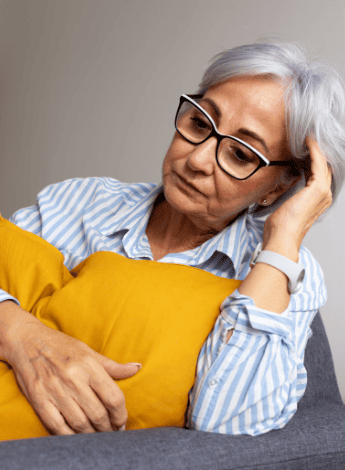
Living with chronic pain often disrupts identity, roles and relationships— particularly when it deviates from previously held roles or life stages.
Loss of function may affect one’s identity as a parent, worker or community member.
This can lead to social withdrawal, stigma and diminished social capital.
Stigma is often rooted in disbelief, especially when pain lacks clear diagnostic evidence or fluctuates.
This disproportionately affects women and racially marginalised groups, who report greater levels of invalidation.
Over time, individuals with chronic pain experience reduced peer support and lower quality relationships, reinforcing a cycle of isolation and worsening pain outcomes.
Chronic pain also affects educational, vocational and financial trajectories.
People with chronic pain have lower employment rates and incomes, especially where workplace environments are inflexible.
However, supportive work environments can reduce the negative impacts on productivity and disability.
These consequences are, again, unevenly distributed.
Marginalised populations face greater disability and life disruption, reinforcing the compounding effect of pain and social disadvantage.
4. Social factors affect access to and outcomes of pain treatment

Access to effective pain management is dependent on geography, affordability, health literacy and discrimination.
In Australia, rural and remote communities face stark barriers, including limited access to pain specialists, multidisciplinary teams and evidence-based non-pharmacological interventions.
Beyond geography, health literacy and cultural competence play key roles.
Individuals from marginalised groups may face longer wait times or communication challenges or have their symptoms minimised due to bias.
Women, racial minorities and other minoritised groups often encounter discrimination in pain assessment and treatment, leading to inadequate care.
Lack of trust, financial hardship or absence of social support may also affect attendance and adherence to treatment.
Without addressing these barriers, physiotherapy risks becoming inaccessible or ineffective for those most in need.
5. A social lens on pain has implications for practice and policy

Recognising chronic pain as a social and equity issue requires a shift from solely focusing on individual medical treatments to addressing systemic factors that contribute to its burden.
This includes advocating for policy changes, promoting equity-oriented healthcare practices and supporting research that examines the intersection of chronic pain and social inequalities (Wallace et al 2021).
In their practice, physiotherapists can use social screening tools and open-ended questions to identify risk factors; refer to social work or community resources when appropriate; foster inclusive, validating relationships; and consider group-based or community programs that build support networks.
In the realm of education, we can train future physios in social determinants of health, integrate equity and cultural safety into curricula and encourage critical reflection on systemic issues—consider how clinical decisions may reproduce or challenge social inequities, not just clinical technique.
As far as policy is concerned, physios can advocate for accessible, publicly funded pain services; support proportionate universalism—care for all, scaled by need; and push for better integration between health and social services.
Understanding pain through a social lens reveals that one’s pain does not exist in a vacuum.
If we want to improve the outcomes for our patients with chronic pain, we have to address not just the body but the systems, biases and barriers around it.
>> Dr Tania Gardner MACP is an APA Titled Pain Physiotherapist and a lecturer in physiotherapy at the University of Sydney. Tania is the chair of the New South Wales chapter of the APA Pain national group.
>> Dr Kirsty Duncan APAM is a senior physiotherapist in the Pain Health Service at Palmerston Regional Hospital in Darwin. Kirsty is a member of the Pain group.
Quick links:
Course of Interest:
© Copyright 2025 by Australian Physiotherapy Association. All rights reserved.

